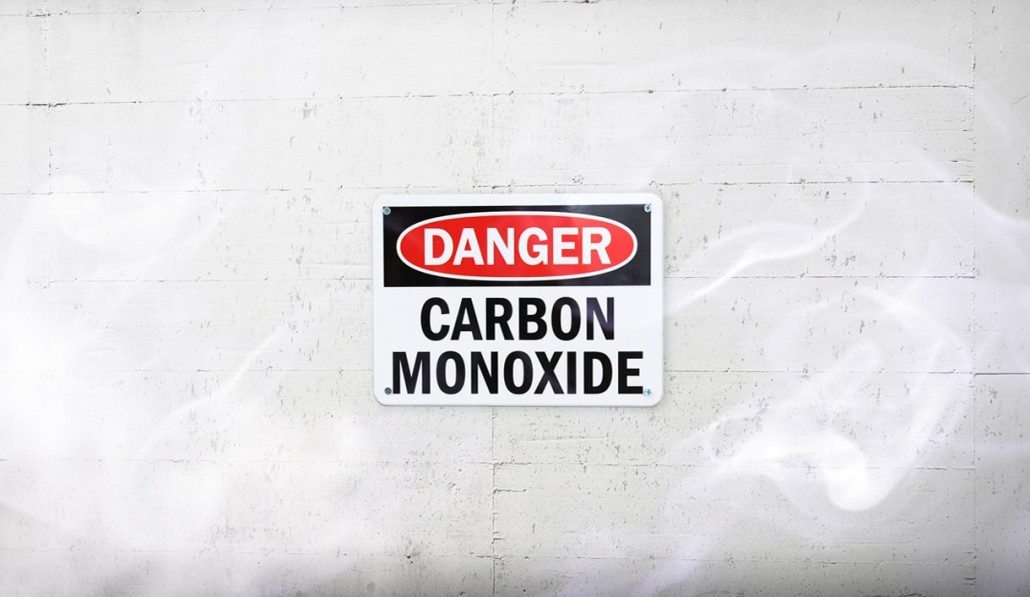

Individuals with pre-existing heart disease can experience chest pain. Symptoms of acute overexposure to carbon monoxide include headache, nausea, vertigo, headache, unconsciousness and, in the worst case, death.

Second, carbon monoxide irreversibly binds with hemoglobin to form carboxyhemoglobin, thus reducing the number of red blood cells available to transport oxygen to other cells of the body. First, carbon monoxide is miscible with air and acts as a simple asphyxiant by displacing oxygen.

Health hazards associated with carbon monoxide are the result of two principal factors. What are the hazards associated with carbon monoxide? The reaction of nickel with carbon monoxide to give nickel carbonyl is used as a means of purifying nickel metal. Reaction of carbon monoxide with certain metals yields compounds called carbonyls. Reaction of carbon monoxide with caustic alkalies yields alkali formates, which are then converted into formic acid, or alkali oxalates, which are used to produce oxalic acid. Carbon monoxide is used in the production of hydrogen gas by reacting it with water vapor at high temperatures to yield carbon dioxide and hydrogen gas, the latter of which is used, for example, to react with nitrogen to produce ammonia. Industrially, carbon monoxide is used in the manufacture of many organic and inorganic chemicals. What are some common uses of carbon monoxide?


 0 kommentar(er)
0 kommentar(er)
